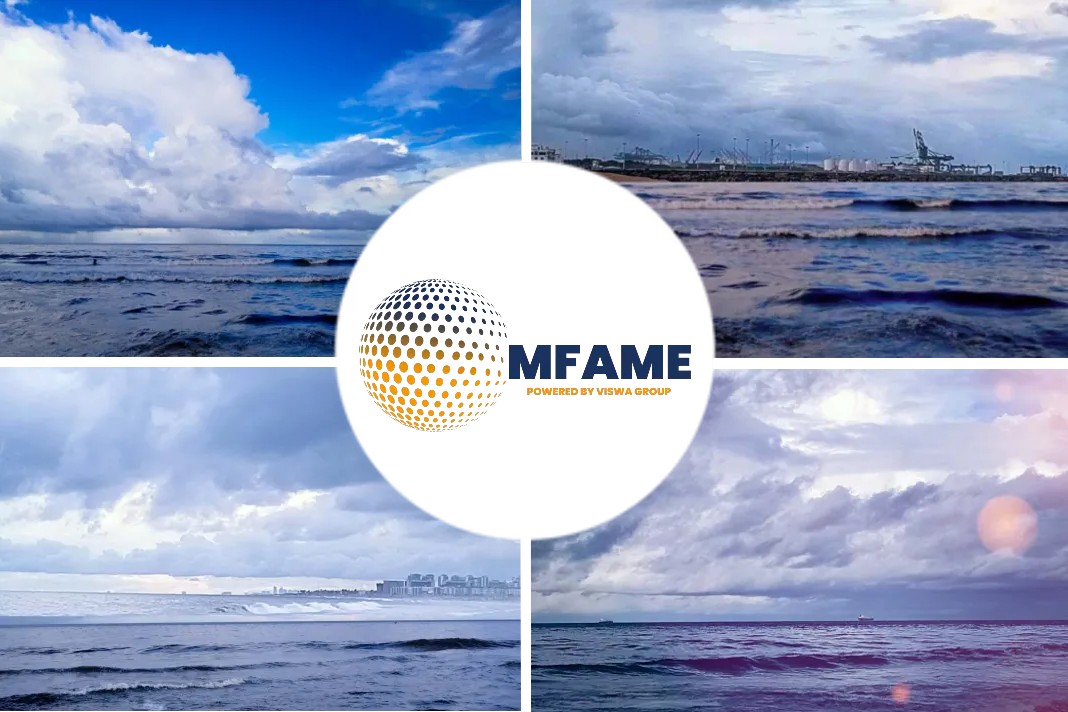Recently, the International Chamber of Shipping has put forward thorough instructions to address compliant fuel issues. Today we are presenting a part of that guidance which dwells on the much-needed process of selecting a proper compliant fuel suitable for the shipowners’ needs and compatible with their machinery.
Compliant Fuels After 2020
Compliant fuel used after 1 January 2020 to meet the 0.50% Global Sulphur Cap could be either residual or distillate fuel oil. Blended grades of both 0.50% Smax residual fuel oil and 0.10% Smax distillate (as currently used in ECAs) are expected to be the predominant compliant products that will be initially available.
However, the quality, availability and quantity of these different types of fuel are currently unknown, and immediately after 1 January 2020 these are likely to vary considerably between individual ports – a particular issue for ships operating in tramp trades.
Following the Standard
During related discussions at IMO in July 2018, the International Organization for Standardization (ISO) delivered a statement which specified that “General requirements of ISO 8217:2017 along with the characteristics included in Table 1 and 2 of ISO 8217: 2017 cover 2020 0.50% max. sulphur fuels in the same way as they cover today’s fuels.”
Shipowners and operators are therefore recommended to ensure that ISO 8217:2017 is specified as the required standard when ordering 0.50% Smax fuels for use after 1 January 2020.
To address the anticipated fuel characteristics and properties of the marine fuels that will be placed on the market to meet the 2020 sulphur requirements, ISO has released a Publically Available Standard (PAS) PAS 23263. ISO PAS 23263 provides additional guidance to the existing ISO 8217 specification for fuels for use in marine diesel engines and boilers; for example, compatibility and stability of new blends of fuel oil.
Criteria Determining the Selection
- The selection of the type of fuel required to comply with the Global Sulphur Cap will primarily be a commercial decision for shipping companies and charterers. Nevertheless, it is assumed that compliant fuel will be considerably more expensive after January 2020 than residual fuel with a sulphur content above 0.50% m/m.
- Importantly, it is also assumed that 0.50% Smax blended residual fuels will be less expensive than 0.10% distillate fuels, such as those which are currently used in ECAs. However, the quantum of the price differential between 0.50% and 0.10% fuels is currently unknown.
- Initially, this differential could be relatively small depending on local availability and demand considerations. But this price differential could also change significantly in the months immediately following 1 January 2020 if, as seems likely, the supply of 0.50% compliant fuels increases.
- Decisions on which type of fuel to use in order to comply in January 2020 may vary considerably depending on the nature of the commercial trade in which the ship is operating.
- Against any cost saving that might result from using 0.50% sulphur fuels, shipping companies and charterers will have to balance the practicality and convenience of using, for example, new 0.50% sulphur blends as opposed to existing 0.10% sulphur distillate fuels.
Checkpoints for Operators
- Operators of ships which primarily operate within ECAs (where fuel with a sulphur content of 0.10% or less must already be used) may choose to make different decisions to companies whose vessels consume a much larger proportion of their fuel outside of ECAs.
- Operators which opt to use 0.50% fuels will also need to make careful judgements as to the extent to which such fuels will be widely available for every voyage they are likely to undertake (particularly leading up to 1 January 2020 when available supply could be especially tight).
- Companies should also bear in mind that their ships will be expected to be compliant with MARPOL, regardless of any additional cost and inconvenience that might result from having to use or carry more than one type of compliant fuel.
- If there are concerns that the quality of the compliant fuel available would cause operational or safety problems on board the ships, these concerns should be thoroughly documented before bunkering non-compliant options.
- Decisions on the type of compliant fuel preferred may well depend on the trading pattern of the individual ship and an assessment of what types of fuel are likely to be available (and at what price) as well as the extent to which the company has control over the destinations which the ship is likely to visit.
- When selecting compliant fuels, shipping companies and charterers might also wish to differentiate between how best to ensure compliance with the Global Sulphur Cap on 1 January 2020 and the situation that might prevail shortly afterwards, when there should be greater certainty about the availability and specification of different types of fuel and their price differentials.
- For example, in order to avoid potential difficulties during the first few months of the implementation period, some shipping companies might consider operating their ships on distillate fuel initially, subsequently changing over to 0.50% blended residual fuels once sufficient reliability is ensured with regard to availability and safety
Did you subscribe to our daily newsletter?
It’s Free! Click here to Subscribe!
Source: ICS


























